Playing Against the Queen’s Gambit
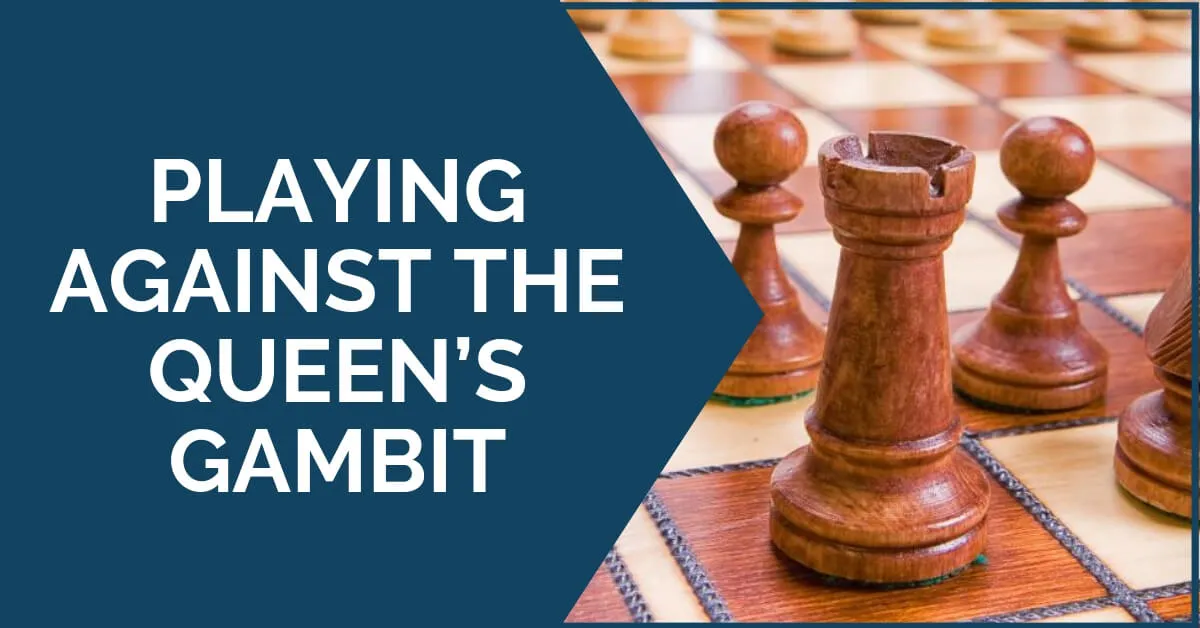
Queen’s Gambit and how to play against it. An easy guideline for club players against White’s most solid opening. Studying openings is a never-ending duty for the competitive chess player. Even when one has already decided on a repertoire, it is not unusual to develop an interest in learning new systems.
Through the years I’ve come to the conclusion that although the intense study of openings has been stigmatized as of no great importance to improve your chess understanding, a variety of openings deeply studied with the resulting middle games, structures, and patterns is very useful for the improving player.
The more different the positions you understand how to play, the more likely you’ll be able to react efficiently in the middlegame. Remember that the positive side of the opening is that it always happens, unlike endgames for example.
Playing Against the Queen’s Gambit – Part 1
In this article we want to share with you some interesting games which show an uncompromised way of dealing with the super solid exchange variation of the Queen’s Gambit which arises after the moves:
1.d4 d5 2.c4 e6 3.Nc3 Nf6 4.cxd5 exd5 5.Bg5 Be7
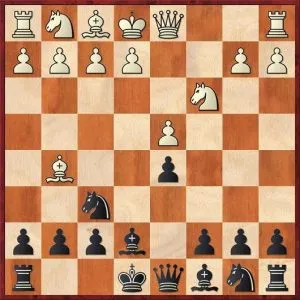
Naturally, the position in the diagram above is possibly one of the oldest in chess. So, we are not claiming that there’s anything new to be found here. The general reputation that black is passive in this position has put many players away from even looking at this system. However, things are not exactly like that. Certainly, this is no Grunfeld or King’s Indian, but the position is still open for a lot of play.
In recent games, Grandmaster Liviu-Dieter Nisipeanu has been experimenting with an interesting straightforward move order that has led to rich positions with good chances for the second player. His idea is to play the next moves: h6, Re8, b6, Bb7. And then, to continue with c5 or Nbd7 followed by c5, depending on how white set his pieces.
Part 2
It looks like quite a simple and harmless system, but black’s potential hanging pawns in the center can generate enough activity. The standard position black aims for is as in the following diagram:
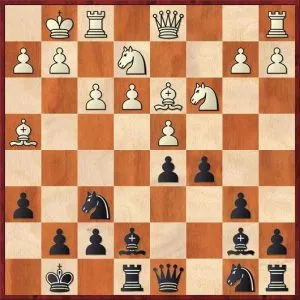
The system lacks forced lines, which is good. A glance at a few games is enough to understand the positions are lively and old enough to be used as “new surprise weapons” on any tournament day. The system shall be good for those who are not too much into heavy theory. Also, if somebody wants something simple to understand that’s still rich in possibilities.
Next, we add three games played by Nisipeanu which were all three pretty interesting.
Gelfand, Boris – Nisipeanu, L Olympiad 2018
If we must consider a test of the line, this has to be it. Gelfand is a world-class player and managed to put black under pressure and obtain a clear advantage, although later failed to convert.
Playing Against the Queen’s Gambit – Part 3
Black can improve along the way.
Zanan, E – Nisipeanu, L Germany 2018
This is a model game to follow. White played “normal-looking”, logical moves but black was able to equalize and eventually Nisipeanu outplayed his opponent. Again, there are plenty of interesting moves black can play to deviate from the game, opening the path to new positions.
Istratescu, A – Nisipeanu, L Bucharest 2018
This game shows that white also needs to be accurate, not anything works. Here white tried to prevent black’s c7-c5 idea, but he was soon in a worse position. Although it was only a blitz game, it is still a good example of the positions you can aim for when playing the black side of this system.
In conclusion, there is still plenty to be investigated about this particular setup with h6-Nbd7-b6. But, it seems like a viable way of playing against the queen’s gambit.
The database will show a few interesting games played by remarkable GMs; we invite the reader to start their own research and hopefully, this recommendation will become useful one day.
Looking for more on this opening? Here are the 10 Best Chess Games.
Thanks for reading!



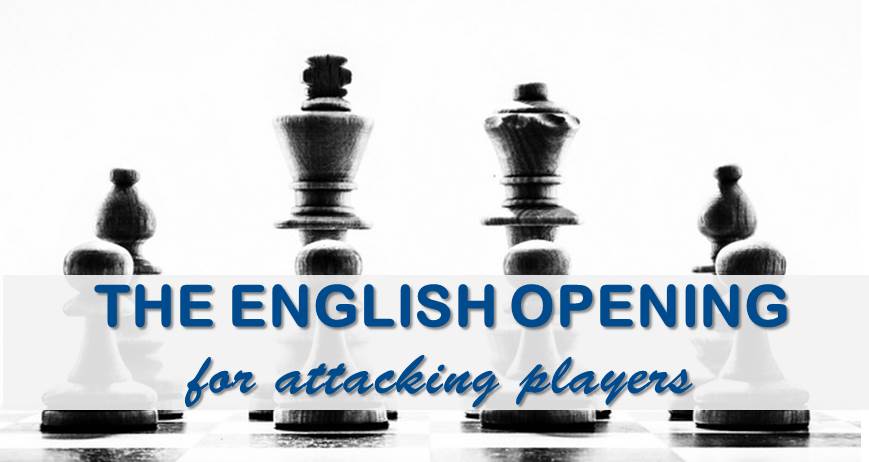

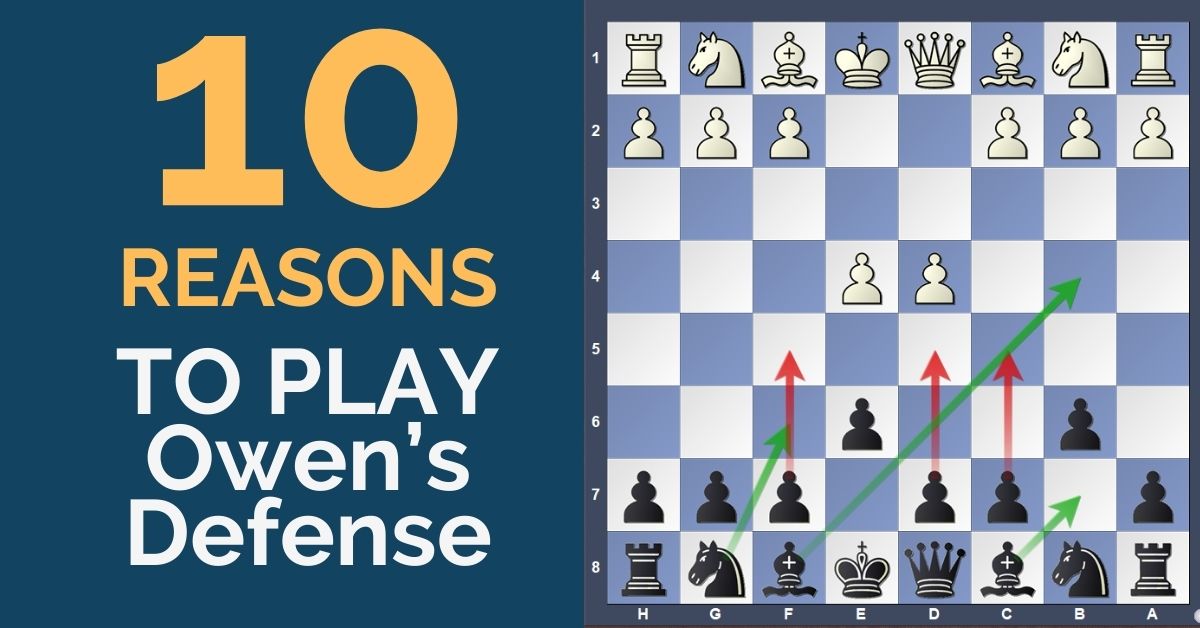




Comments: